|
Students in my Survey of Plants and Animals course at Lake Katherine after setting up our sampling locations this spring. Have you ever caught a pillbug, maybe from an overturned rock in your garden or in the woods? How about a beetle? When we are out for a walk in nature, we often tend to focus on the larger organisms--the trees, the birds, the mammals. However, the little creatures like pillbugs and beetles are an important part of the biodiversity as well, which if we take the time to notice are all around us. I've been working on a project with students in my classes to help Lake Katherine Nature Center gain a better understanding of the biodiversity of "little creatures" along the west side of the lake. The "little creatures" we have been studying are invertebrates, mainly in the group we call arthropods (which includes insects, pillbugs, and millipedes) as well as some other creatures like snails and earthworms. How do we catch these invertebrates? We set up something called a pitfall trap, which is basically a cup filled with propylene gycol to catch invertebrates that are crawling over the ground. We put a little rain-cover over the cup, which is propped up by a couple of rocks and then held in place by a rock on top. Pretty basic set-up, but it gets the job done. On the left, a pitfall trap set up with the rain-cover visible. Notice that the area looks a bit blackened from a controlled burn that was conducted just before we set up our traps for the season. On the right, students setting up a trap near the lake's edge. Pitfall traps are particularly useful because we can leave them out for up to two weeks at a time to get a good sample of the little creatures using the area. When we come back to the traps, we gather the sample of invertebrates in propylene glycol and take them back to the lab for identification. So, have you ever caught a springtail? We catch a lot of springtails around lake Katherine. Springtails are arthropods--they used to be considered insects but now are in a separate taxonomic class (find out more here). A particularly hairy-looking springtail viewed under a stereo microscope How diverse are the ground-dwelling invertebrates at Lake Katherine? Just in our sampling this spring, we identified organisms from 17 different taxonomic orders. Pillbugs were the most numerous (they represented 30% of the organisms sampled), with plenty of ants, millipedes, and of course, springtails, as well. This helps us see that this area around the lake is maintaining a diverse group of organisms, which in turn helps support ecosystem functioning and food webs at Lake Katherine. Students undeterred by sampling on a rainy afternoon
0 Comments
This post is the second in a set of guest posts by students in my Biology 100 class who helped manage an area of Lake Katherine for one of our lab sessions. It was a breezy Thursday afternoon at the end of April. A little bit above 70 degrees, sun shining partly through the clouds. If you ask me, our biology classes’ trip to Lake Katherine could not have been planned for a better day. Lake Katherine is located directly across the street from Trinity Christian College, where for the past few weeks, my fellow classmates and I have been studying ecology and environmental stewardship. I had previously heard of Lake Katherine, but I had never had the opportunity to visit there before. That being said, this trip was particularly special for me in this aspect because I got to see a part of God’s beautiful creation that I had never seen before, while applying the information that we learned in class to the real world. When we arrived at Lake Katherine, we took a series of turns through the forest area until we arrived at the lake itself, where we were greeted by one of the naturalists that works on the property. She told us that we would be helping to cut down buckthorn plants using a tool called a lopper. At Lake Katherine, buckthorn plants are referred to as an invasive species because they are not native to the area. If an invasive species is allowed to grow in an area that it is not native to, the native species will be prevented from growing. After we were told these instructions, each of us put on our gloves, grabbed a lopper, and got to work. After working for about an hour and a half, we had each removed several buckthorn plants. This means that the native species of Lake Katherine will be able to grow in the coming months. Through removing the buckthorn plants, our class participated in the ecological restoration of Lake Katherine, which was affected by a disturbance many years ago. Besides actively participating in the ecological restoration of Lake Katherine, our biology class got to experience and learn more about environmental stewardship. As human beings, we play a huge role in God’s creation. The earth was so graciously given to us by God, therefore human beings should reciprocate by preserving the earth’s wonderful beauty by using all of the available resources that we have. By removing the invasive species of buckthorn plant using the loppers that were given to us, our biology class was able to preserve the native species of Lake Katherine, and in the coming months, it will be able to flourish beautifully for hundreds of visitors to see. ~Allison Hrechko |
Abbie SchrotenboerI'm a biology professor at Trinity Christian College. I'll be using this page to share interesting stories related to ecology and conservation at Trinity and in the Chicago area (although I might be tempted to expand my geographic focus upon occasion). Archives
December 2020
Categories |
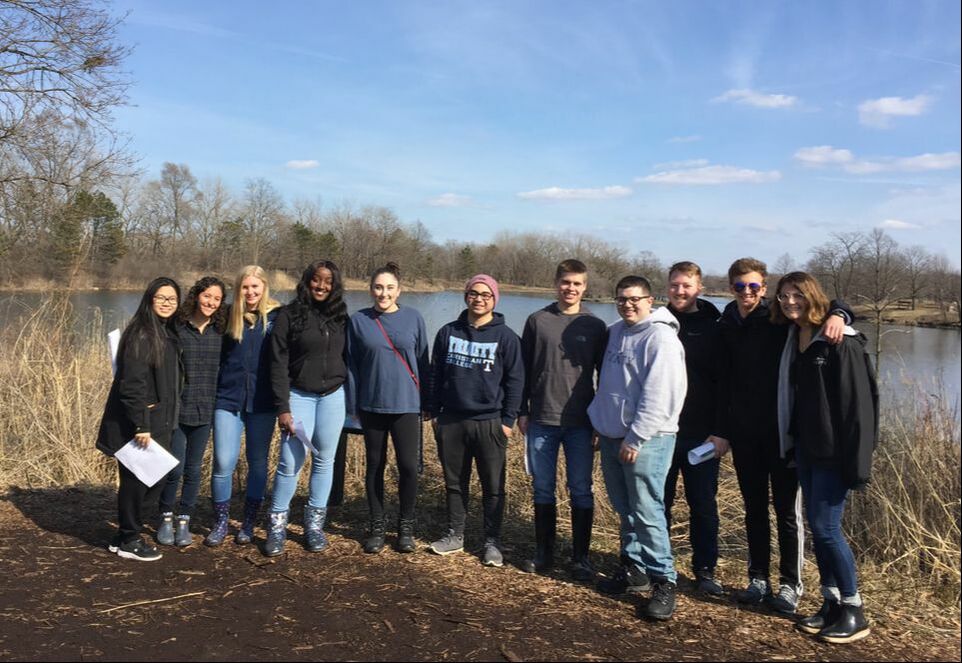
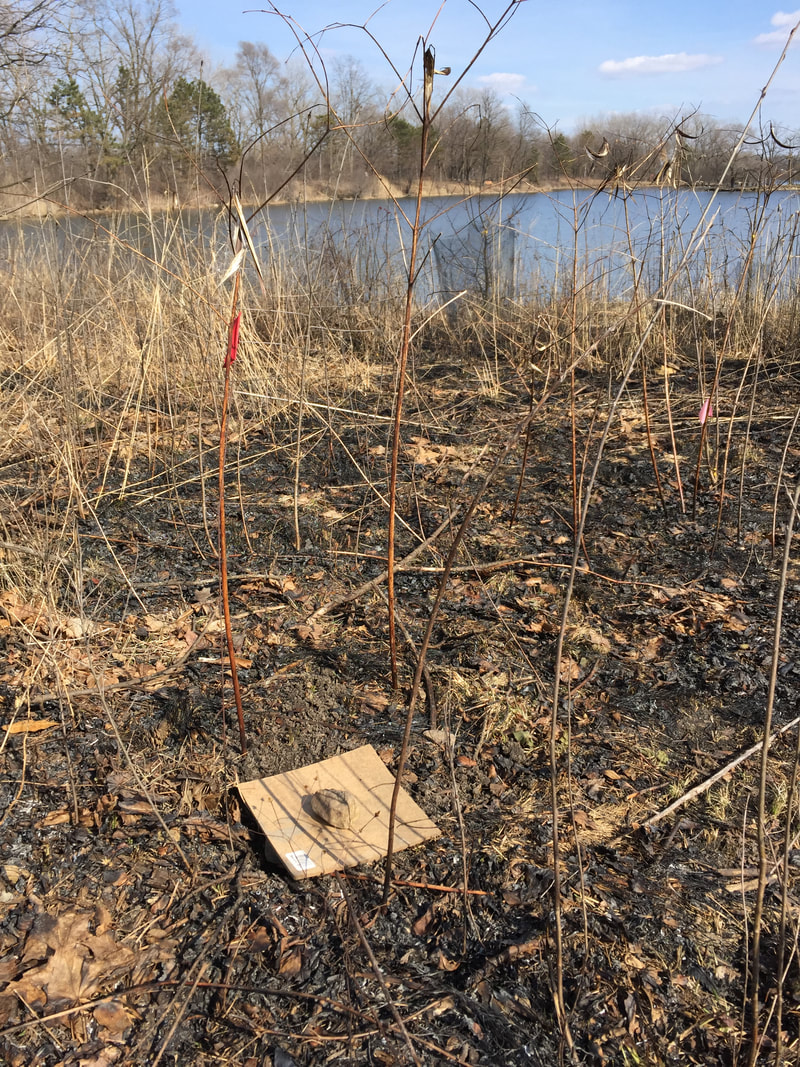
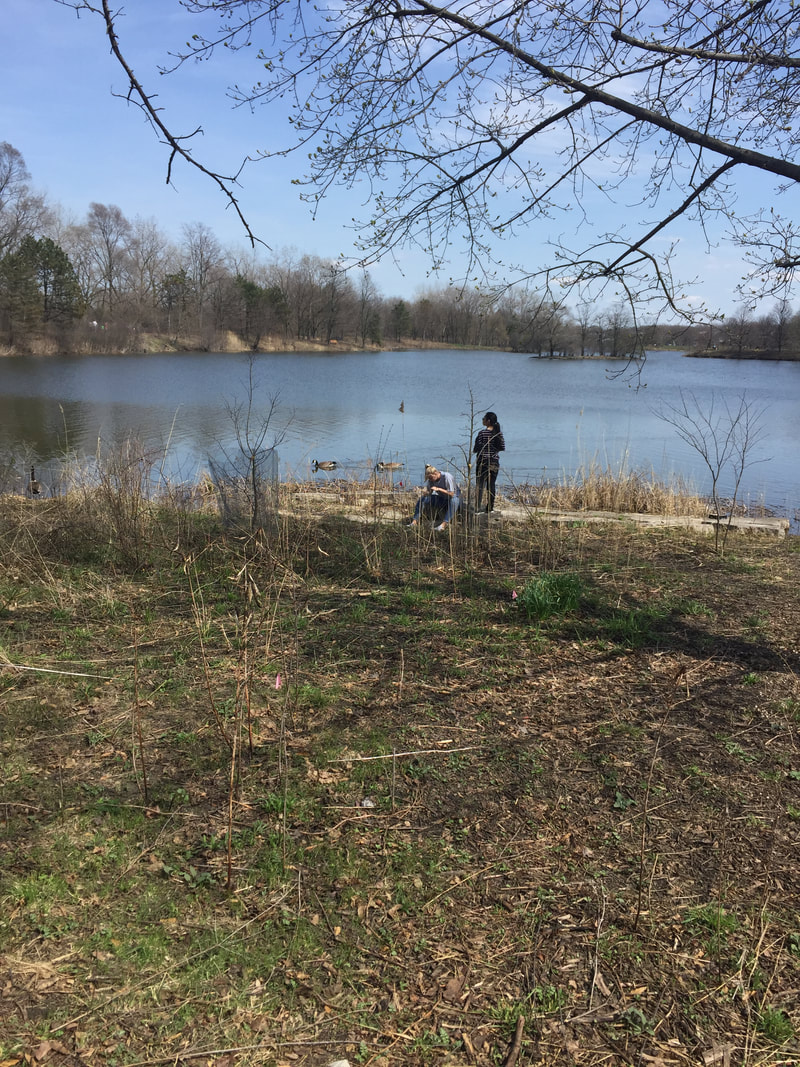
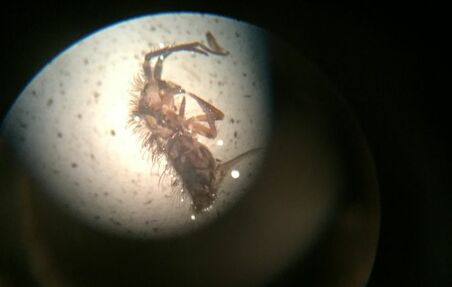
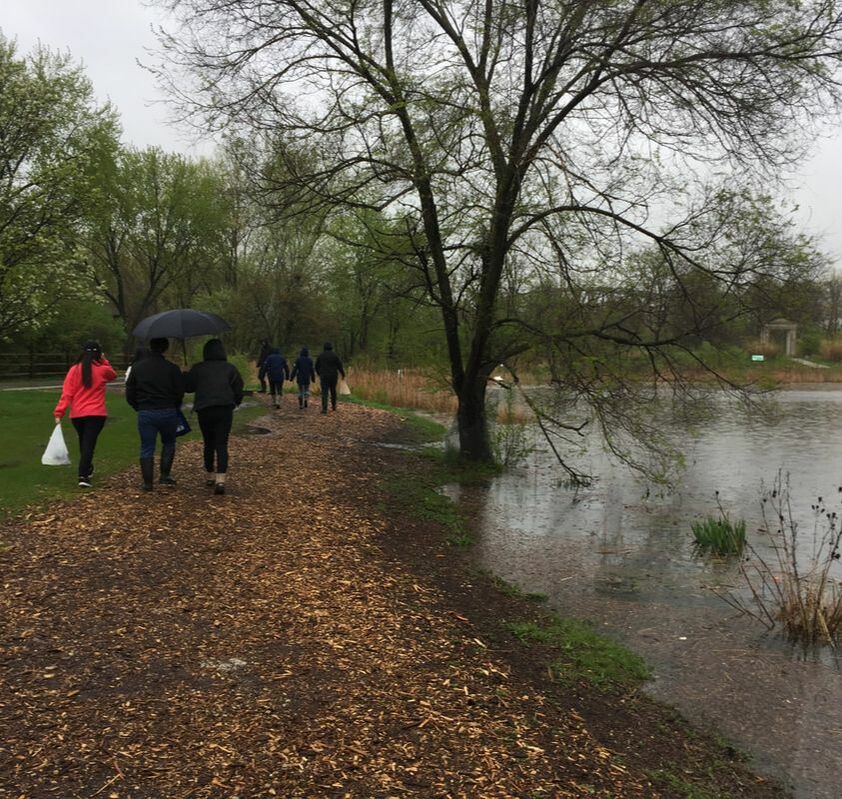
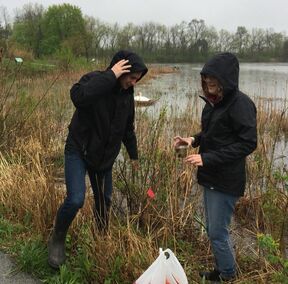
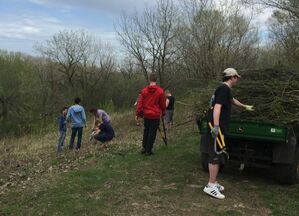
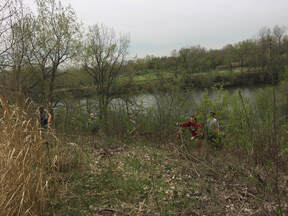
 RSS Feed
RSS Feed
